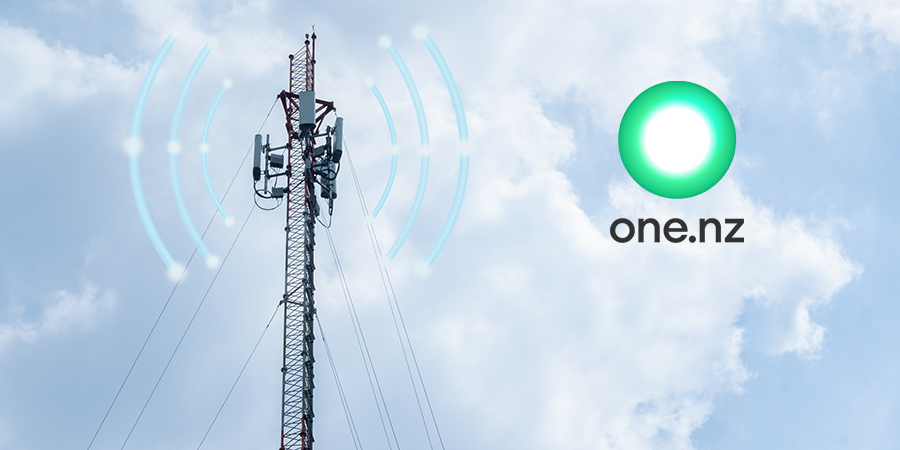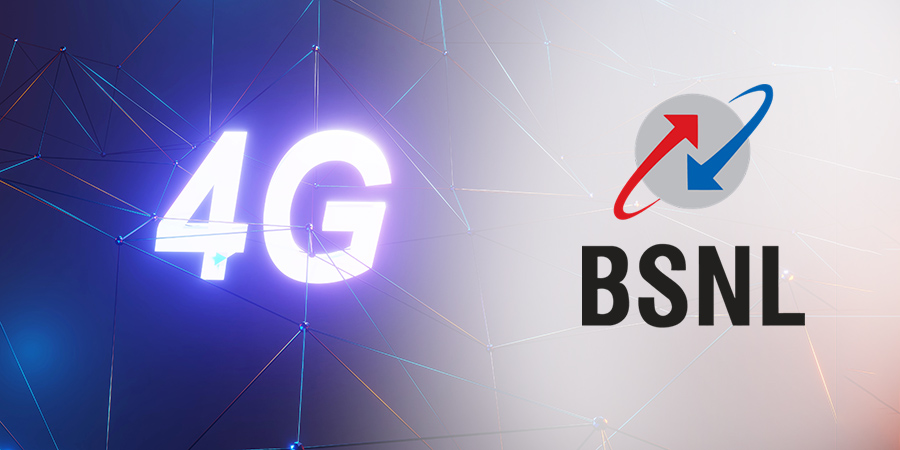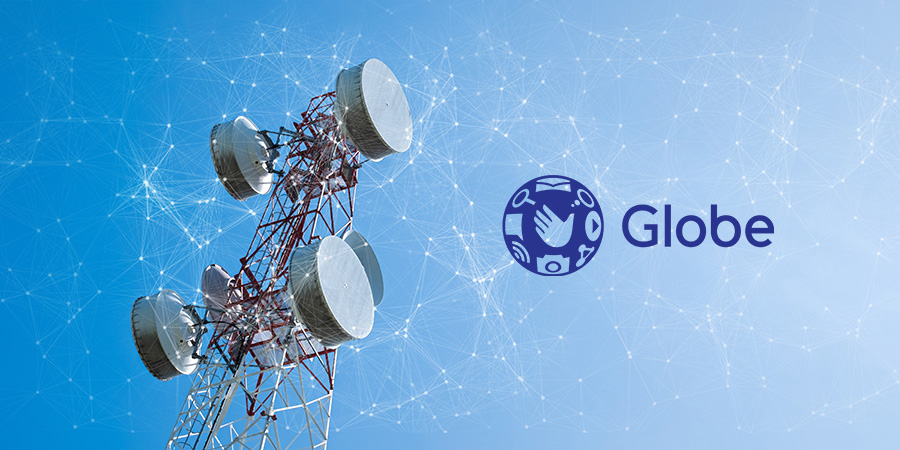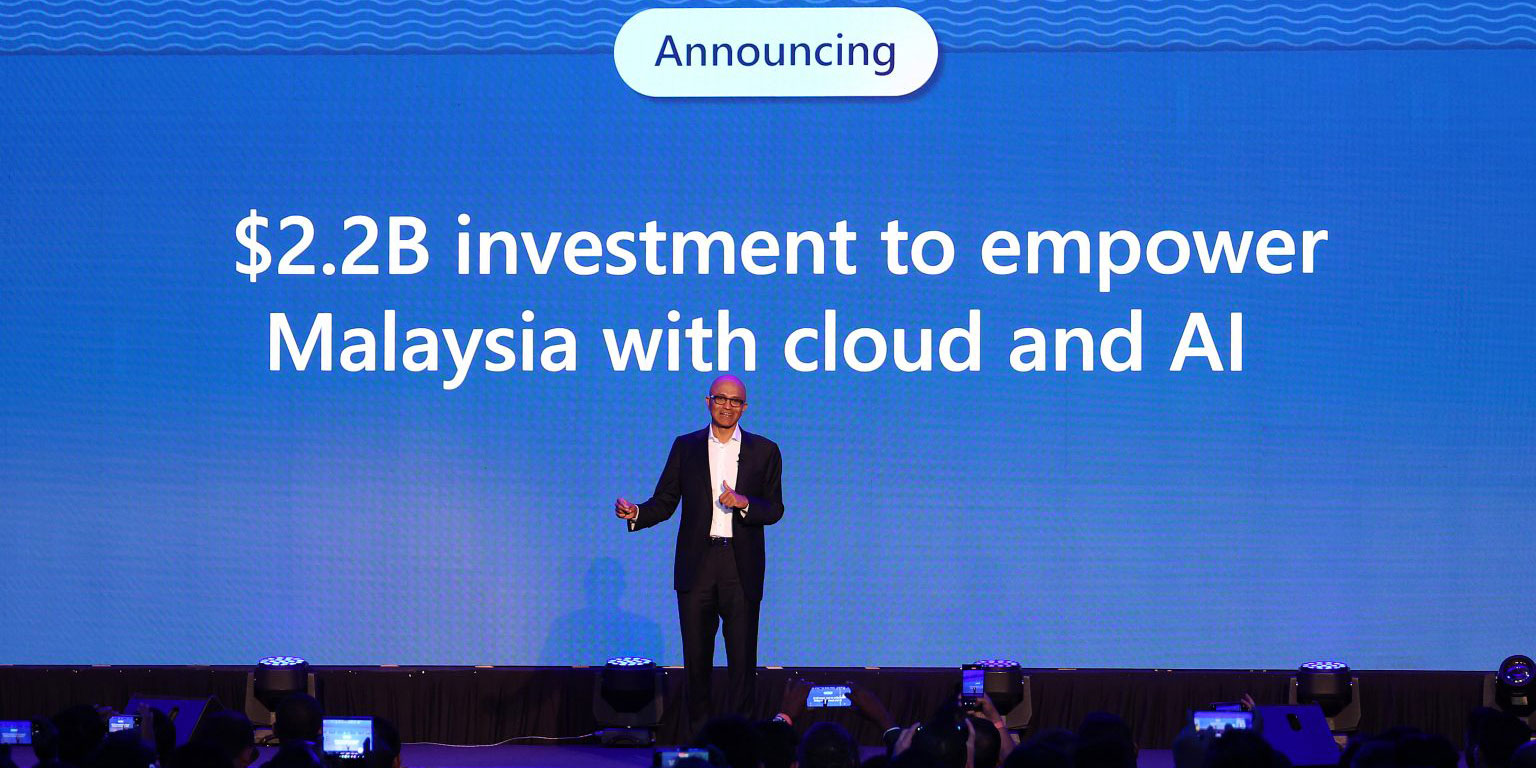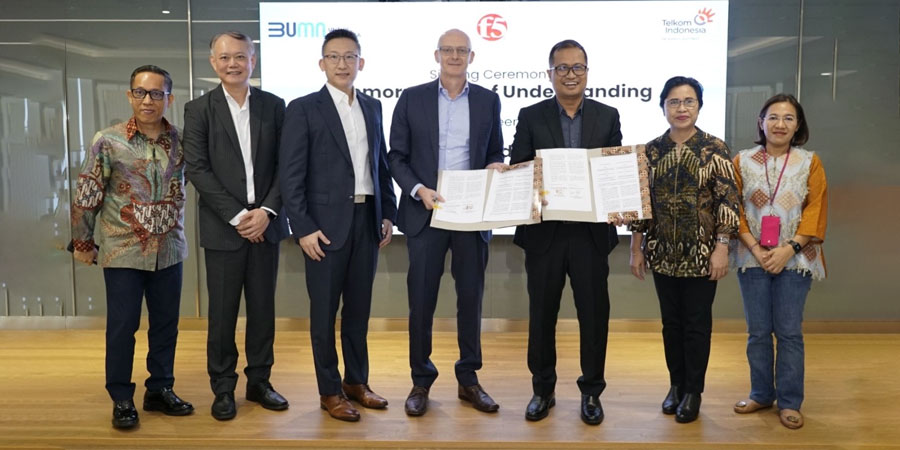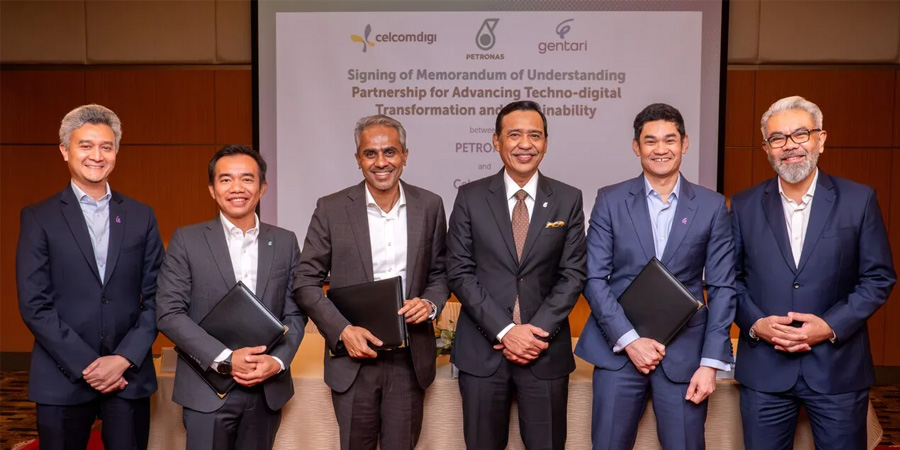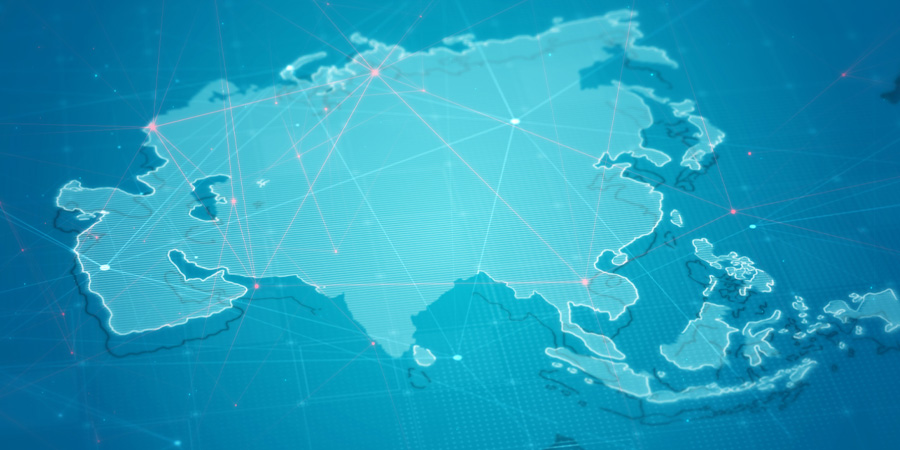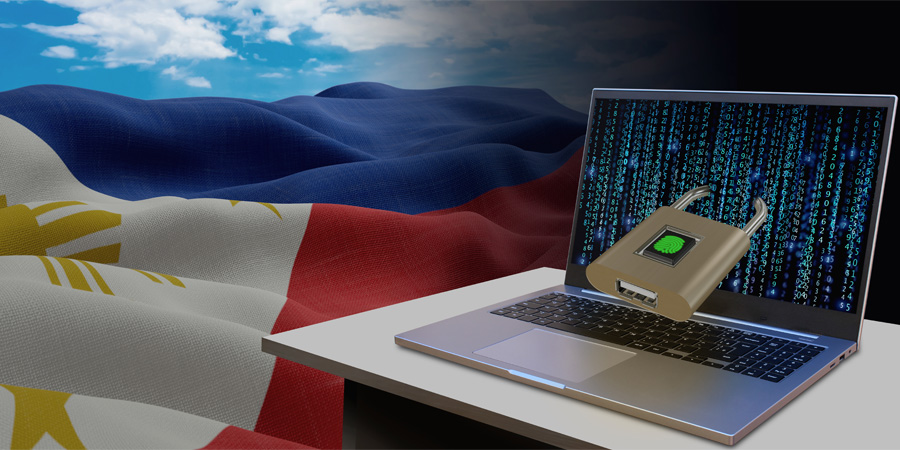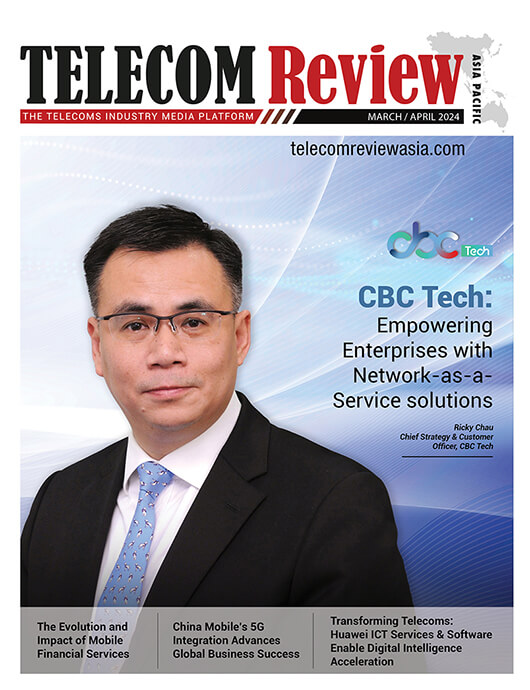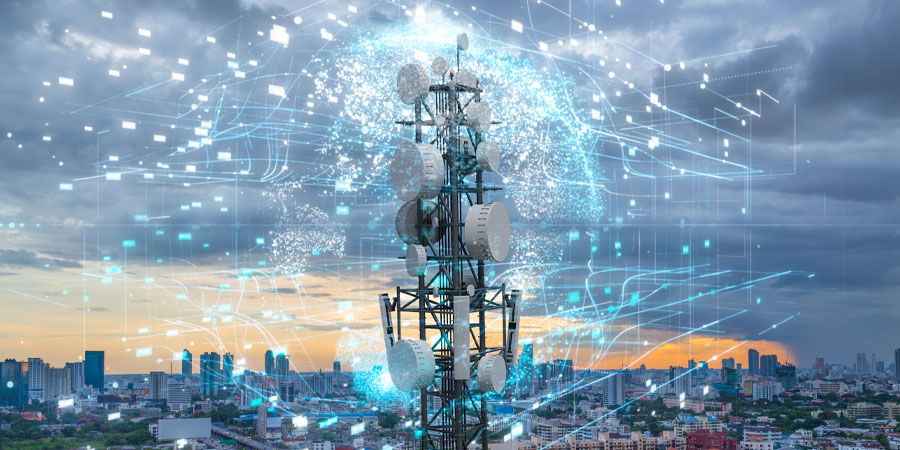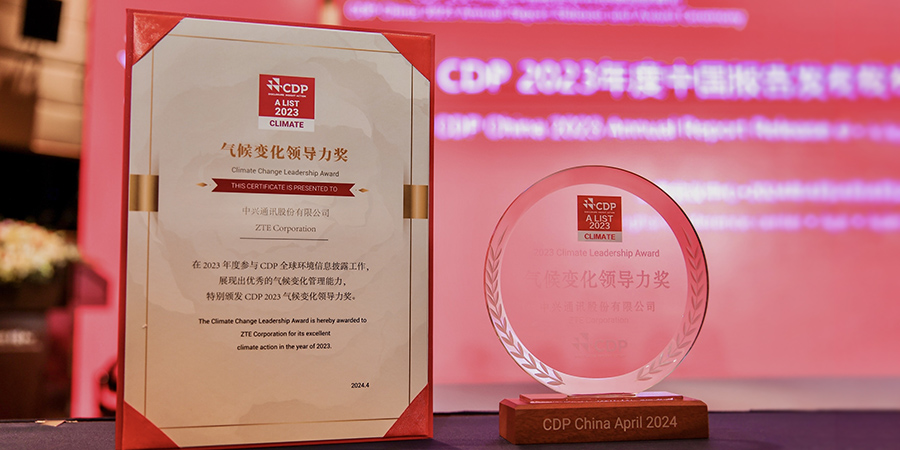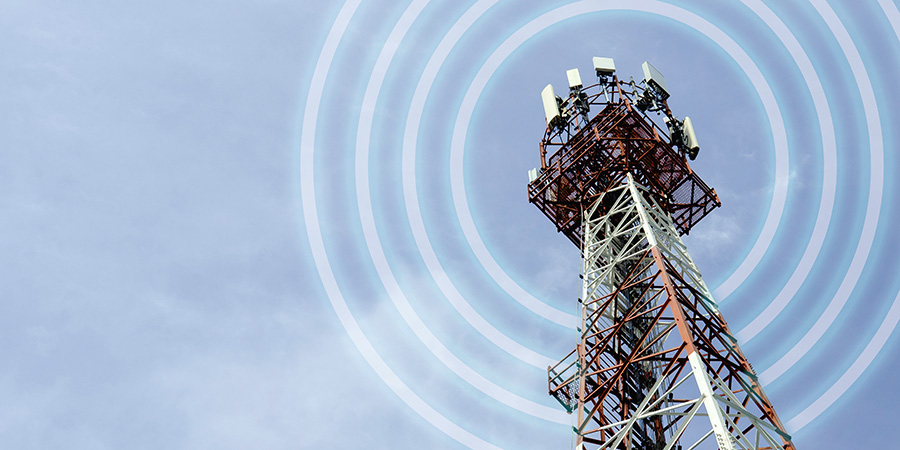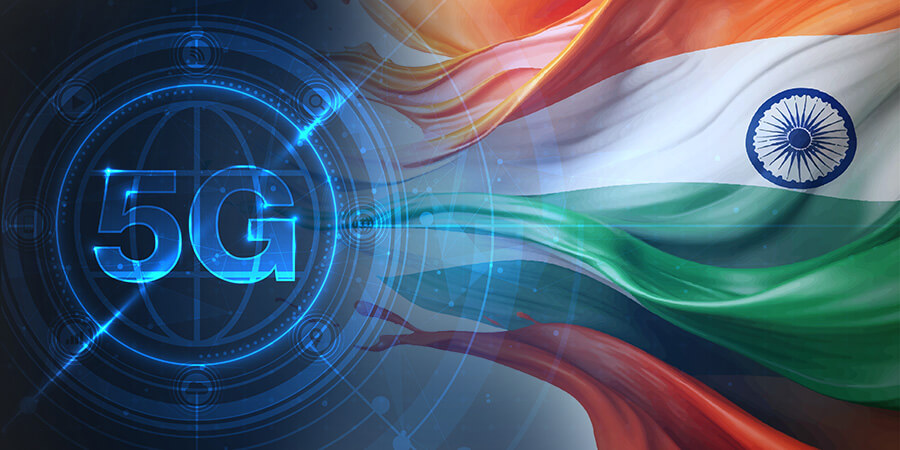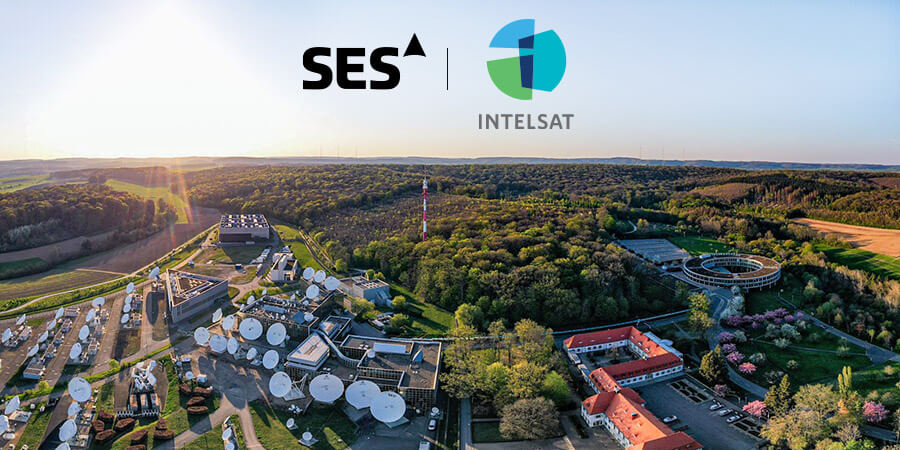The Philippine government has officially launched Phase 1 of the National Fiber Backbone (NFB) project, which aims to improve internet connectivity service capacity throughout the country and reduce the cost of internet connectivity.
The NFB Phase 1 spans 1,245 kilometers, from Laoag, Ilocos Norte, to Roces, Quezon City, with 28 nodes that can provide an initial optical spectrum capacity of 600 Gbps.
The inaugural cable network will connect 14 provinces across Northern and Central Luzon, Metro Manila, four eco-zones managed by the Bases Conversion Development Authority (BCDA), and two National Government Data Centers.
President, Ferdinand Marcos Jr., and Department of Information and Communications Technology (DICT), Secretary Ivan John Uy, lead the grand launch of Phase 1.
Building an Economic Foundation
President Marcos highlighted the importance of the NFB, emphasizing that it forms the economic foundation of the country. This foundation aims to facilitate progress and advancement while ensuring fast and reliable internet connectivity for all Filipinos.
“Even this early, we are assured that the NFB Phase 1 will already make a significant impact on our internet connectivity as well as in the day-to-day activities of ordinary Filipinos. One of the most important aspects that we have always focused upon [is] effort and it is why connectivity has been very important [and is being pushed] to bring MSMEs into the digital space,” said Marcos.
According to the President, the completion of Phase 1 will empower 346 national and local government offices that are connected to GovNet, resulting in enhancements in operational efficiency and the potential to save more than 145 million pesos annually. In addition, it will expand digital connectivity to over 3,000 free Wi-Fi Sites, helping almost 750,000 beneficiaries in Regions I, III, and NCR.
The five remaining phases of the NBP are expected to be completed by 2026. Once finished, it is expected to boost the internet penetration rate in the Philippines from 33% to 65%, thereby connecting 70 million Filipinos out of the current nationwide population of 115 million. The project is also expected to substantially reduce the cost of internet connectivity to as low as USD 5 per Mb.






